Illuminated manuscripts are one of the greatest treasures to come out of the medieval era. Their vibrant pages, alive with glowing colour and gold leaf have inspired and captivated millions of people throughout the centuries. In today’s world of mass production and computer generated images, the idea of a handwritten book decorated with elegant miniature paintings, and glittering with gold is both delightful and enchanting to the modern reader.
There is a magic and mystery to these precious books. They are a place where spirit and matter meet amidst the enigmatic symbolism and exquisite detail. They are a celebration of life as evidenced by the richness of design, colour and wonderful portrayal of medieval life. They are also a celebration of Light – the universal Divine energy that imbues all life, through their use of gold leaf that shines as the page is turned, reflecting the smaller light of the sun or candle.
However, as beautiful as these books were…there was also a shadow side to them. The medieval church used them as a very powerful source of indoctrination and mind control. It was vital to the clergy’s existence to ensure that people viewed them as God’s representative on earth. Only they could interpret the word of God. Only they could bridge the perceived separation between God and humanity.
It was also vital to convince people that they were sinners in need of redemption. The church spoke of a terrifying God who would punish sinners by condemning them into the jaws of Hell to burn for all eternity. The manuscripts are filled with these grim and graphic images.
They convinced people that they were born into sin and that Christ sacrificed himself on their behalf to appease this vengeful God. These images of the crucifixion, constantly reinforced the idea that redemption was only possible through Christ. And the only way to Christ was through the institution of the Church. Anyone who believed anything contrary to the Church’s teachings was labelled a heretic, and usually murdered as an example to others.
These powerful visual symbols were used to keep most people in a state of atonement, guilt, fear and obedience; feeling small, powerless and disconnected from the Divine and their true selves. The repercussions of all this have passed down through the generations and are still felt keenly today. As a consequence, religion has been discarded by many leaving a deep vacuum and many wounds within.
Today, in an over rationalized world where logic reigns supreme, many people long to reach out beyond the mundane…and touch something extraordinary. Deep within, many people are searching for a new path that leads back to the Divine… A path that is devoid of guilt and shame. A path based on unconditional love not fear. A path where freedom and exploration of all beliefs is not only accepted, but encouraged. A path that restores the balance within.
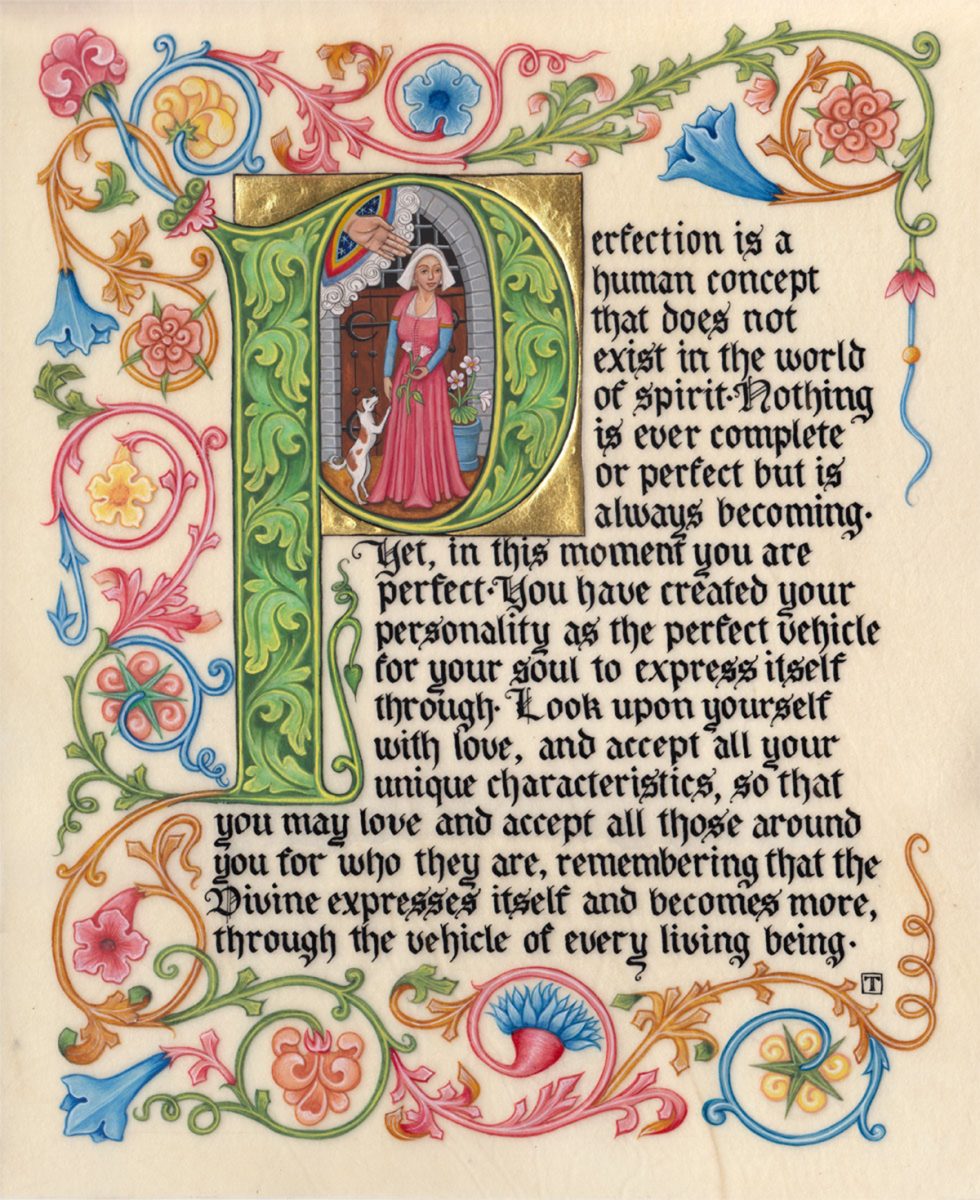
Tania Crossingham: Perfection.
As a child I was brought up in the folds of the Christianity. I loved talking to God and singing songs in church. As a young woman I began asking a lot of questions to my church leaders. No one could answer my questions despite trying several different churches. I was hungry to learn more; to understand how life really worked, but religion had nothing more to offer me. So I left the church, as it no longer met my spiritual needs. Burdened with a guilty conscience, I went searching out into the world, turning my back on all that I had believed in.
In the early 1990s I discovered the beauty of Illuminated Manuscripts and began creating illuminations myself. With no teacher, I gradually developed my skills by studying manuscripts and practicing on my own. It was as though I was just remembering what I already knew how to do. A few years later I began studying esoteric wisdom in an effort to understand life’s mysteries. At first, the material for my work was drawn from the work of other authors, or the bible. As I progressed along my own spiritual path, I began to realize that I could connect to a great source of wisdom, and that if I retreated into the stillness, then the inspired words needed for my work were gifted to me.
My Art became both a pilgrimage into the intriguing and graceful world of medieval illuminated manuscripts, and an odyssey into the elusive mystery of the Self. A deep passion began to grow within me. I wanted to share with people what I had learned from life using the powerful medium of medieval illuminations; to create pieces that evolved beyond Christianity with its limitations, fears and guilt. I wanted to empower people to create their own dialogue directly with the Divine and connect to a deeper aspect of themselves. What follows is the message of my work, with the hope that it will inspire you to begin to see yourself in a new Light.
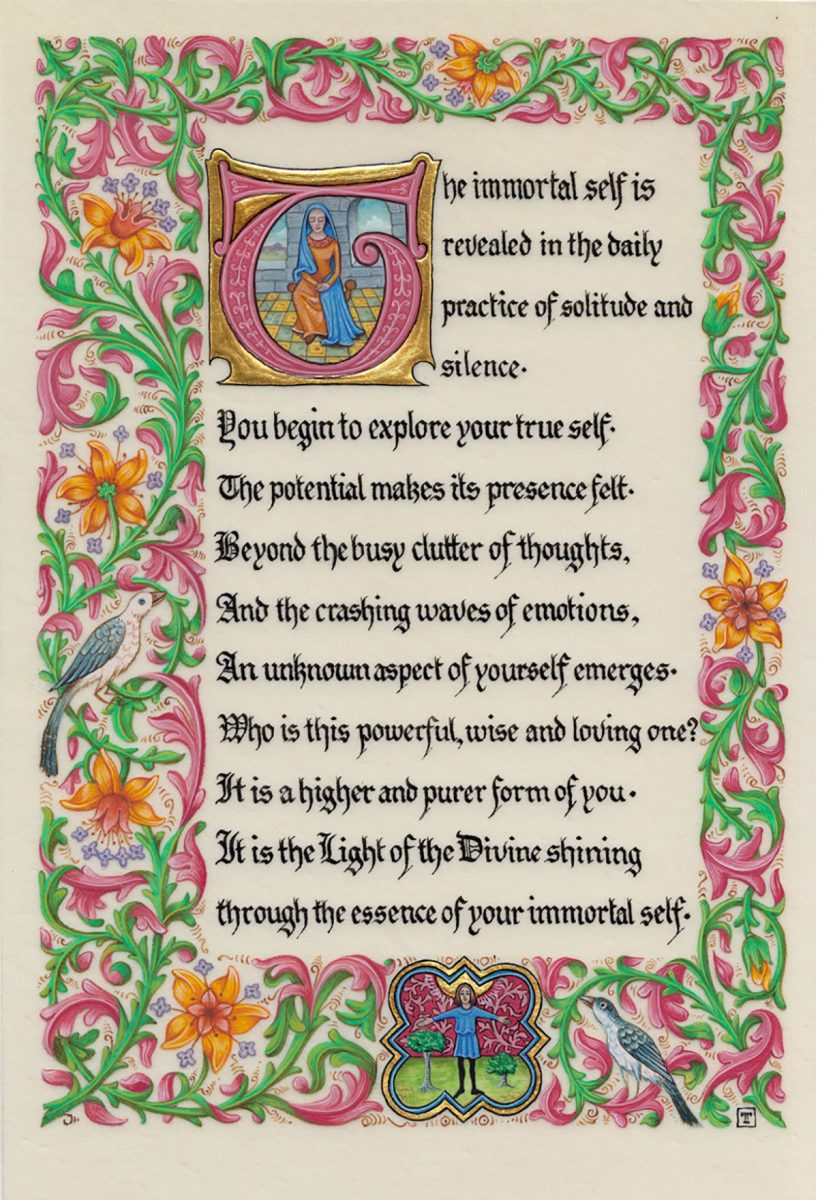
Tania Crossingham: The Immortal Self.
I began to understand that Redemption is not something that can be palmed off onto a ’Saviour.’ The Master Jesus left us many powerful messages, but his greatest gift was the example he set for us to follow. I believe that he did not want us to deify him, but become like him. He wore the energy of the Christ Consciousness and showed us the path to our own enlightenment. It is now time for Humanity to come of age and take responsibility for our own actions on an individual level.
Learning to master oneself is a vital part of taking on this responsibility for ourselves. Being aware of our thoughts as well as our actions is the key to this. The only difference between a master and a novice is that the master has made so many more mistakes and learned from them. Each mistake is an incredible opportunity, and once understood, a jewel in the crown of self-mastery. Getting it wrong is ok. Judging ourselves a failure just keeps us small. Humanity has created the idea of perfection and set itself up for perfect failure every time this impossible goal is not met.
The Divine is not a distant, vengeful dictator waiting to condemn us to an eternity of burning in Hell, but a loving and compassionate creator; an inner light at the heart of every living being. The path to the Divine and all its wisdom is created through our own heart. We do not need a mediator or an institution to act on our behalf and tell us what to believe.

Tania Crossingham: Heart Wisdom.
I see within so many people a hopelessness, a desperate longing for something to fill the inner void. This emptiness can only be filled by establishing an authentic relationship with a bigger picture of ourselves, and a re-connection with Spirit. Sitting in silence with an open heart allows this to happen.
The heart carries its own intelligence – one of a higher caliber than the mind. It invites us quietly and gently to enter within its chamber. Here awaits our Soul, which has the acquired wisdom of many lifetimes. When we connect and listen to the heart, the seat of the soul, we are connecting to a powerful source of infinite wisdom. Here, the bigger picture becomes apparent and life begins to make more sense as the soul whispers words from our divine path, guiding us on our way with purpose.
I also see within people a negative and damaging relationship with themselves. So often in life we are made to feel small and insignificant, worthless and not capable of doing anything out of the ordinary. We start to believe that this is who we are. However, nothing could be further from the truth. Learning to connect with our higher self opens us up to our true potential and the endless possibilities that offers. Then we may become extraordinary beings, with the ability to co-create whatever we need to lead fulfilling, joyous and purposeful lives.
There is an old esoteric saying, “That which is above is as that which is below”; the physical mirroring the spiritual. We are made in the image of God, not in a physical sense, but energetically. We all carry Divine gifts within us; the ability to use our will and intelligence to be powerful creators, show unconditional love to ourselves and those around us, and live in a balanced state of harmony and peace. When we make a conscious choice to align ourselves to the Divine within, then these attributes can create amazing change in our lives and the world around us.
Standing on the achievements of the past, we as a society are reaching into the future, seeking new frontiers to conquer. Some say that space is the final frontier, I say it is consciousness. A global awakening is happening all around us, as more and more people feel the need to connect with themselves on a deeper level, find healing from the past, and realize that they have a part to play in the co-creation of the future universe. As a species, we need to evolve our consciousness to keep pace with a New Era and all that it offers.
I now see my work as an energetic bridge between a bygone era and the vibrant and powerful energies of this New Era. It is about assisting people to resolve old issues from the past and move forward into a newly emerging world of awakening consciousness and Divine connection.

Tania Crossingham: As Above, So Below.
The writer is an artist and esoteric mystic contemplating life, self and spirituality.
www.tania-crossingham.com


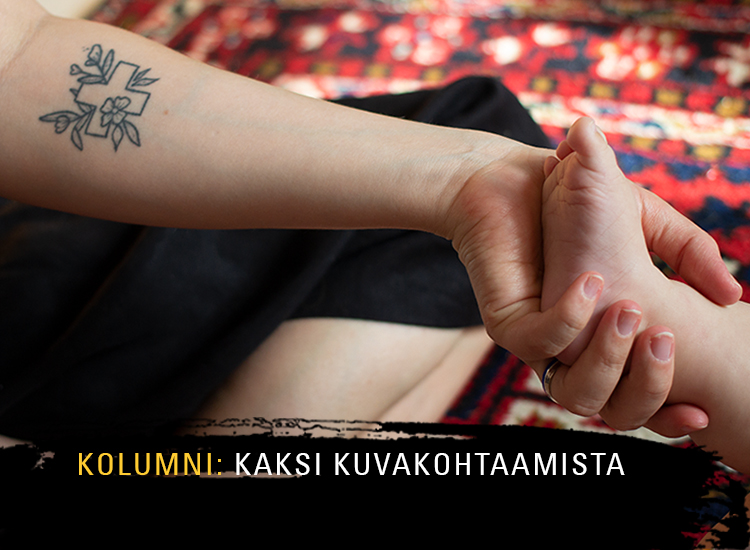





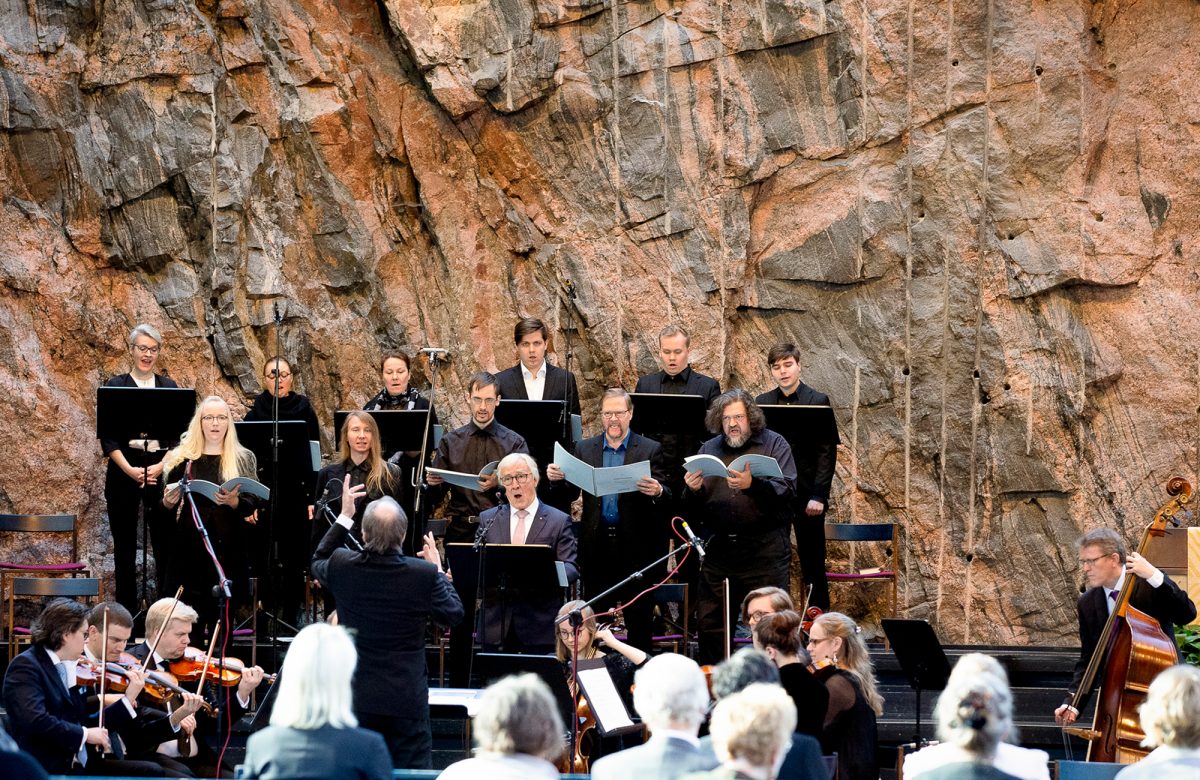
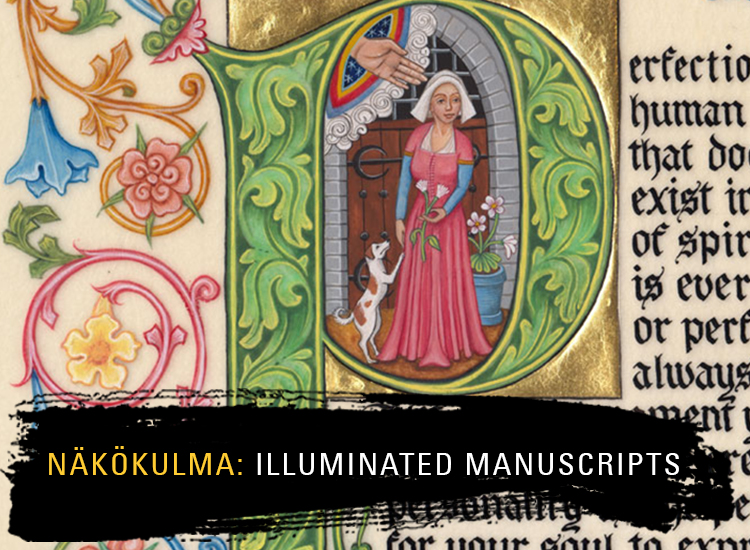
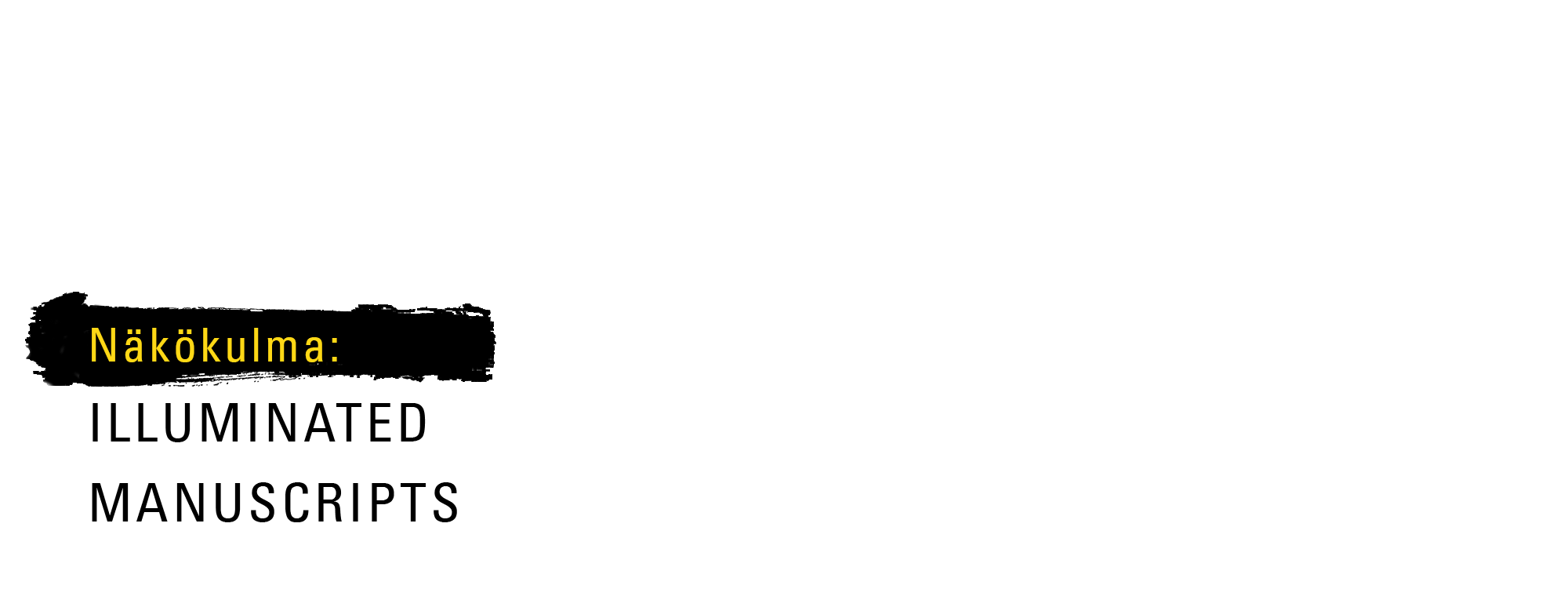




Kommentit